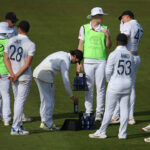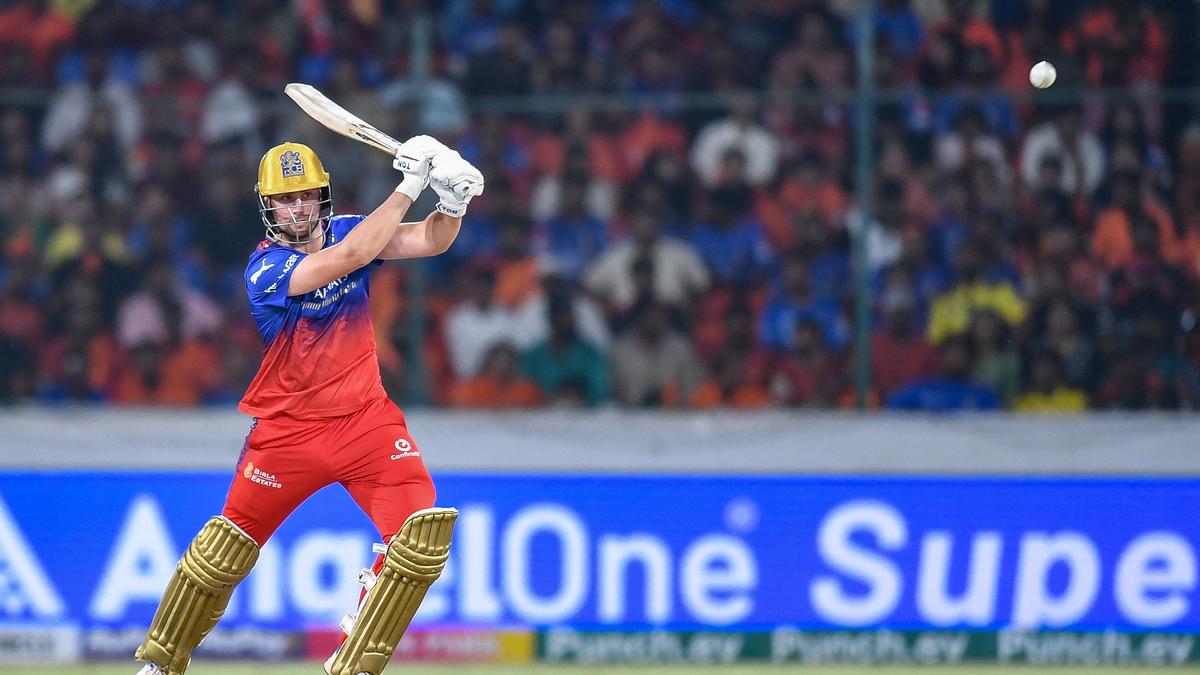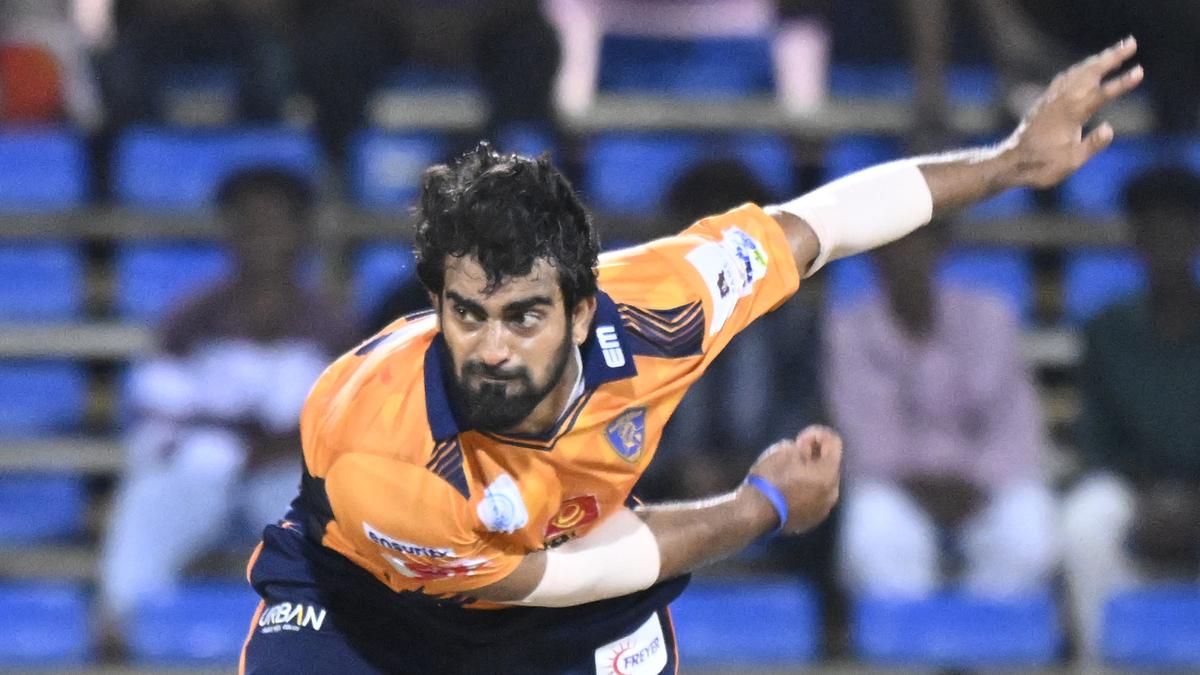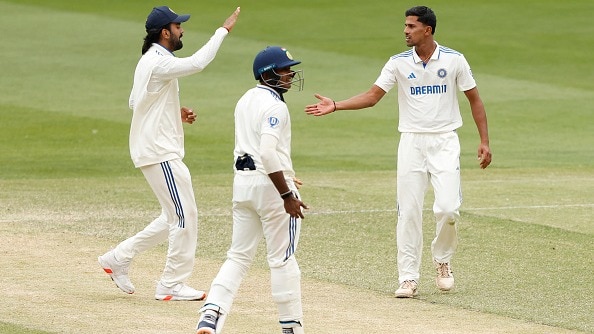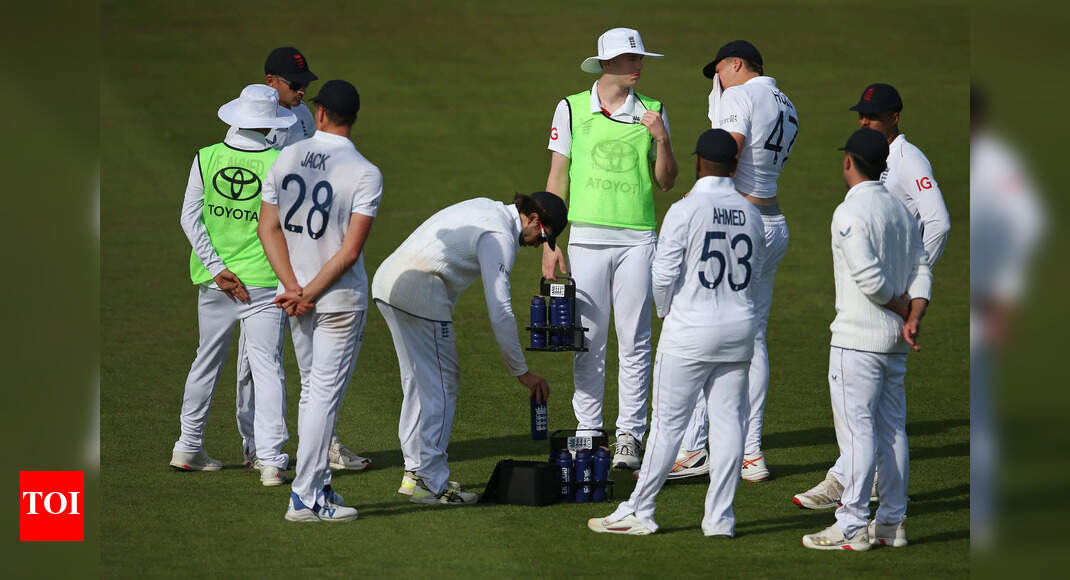Remember those childhood days of yore with cricketing jousts in narrow lanes and dusty grounds? The boy who owned the bat could never get out. Often the petulant willow owner would leave with what he possessed. Just because everyone needed their turn at the crease, the despot’s blatant dismissals would be overturned until he was adequately satiated with runs.
Pampered batters, hapless bowlers
Cricket may have that sobriquet of being a ‘Gentleman’s Game’, but in this age of Twenty20, we may well call it a ‘Batter’s Game’. Be it those contests when we were young or the ones witnessed now at the ground and on television, the holder of the bat is always pampered, as fielding restrictions ensure that the rival attack is virtually running in with one hand tied.
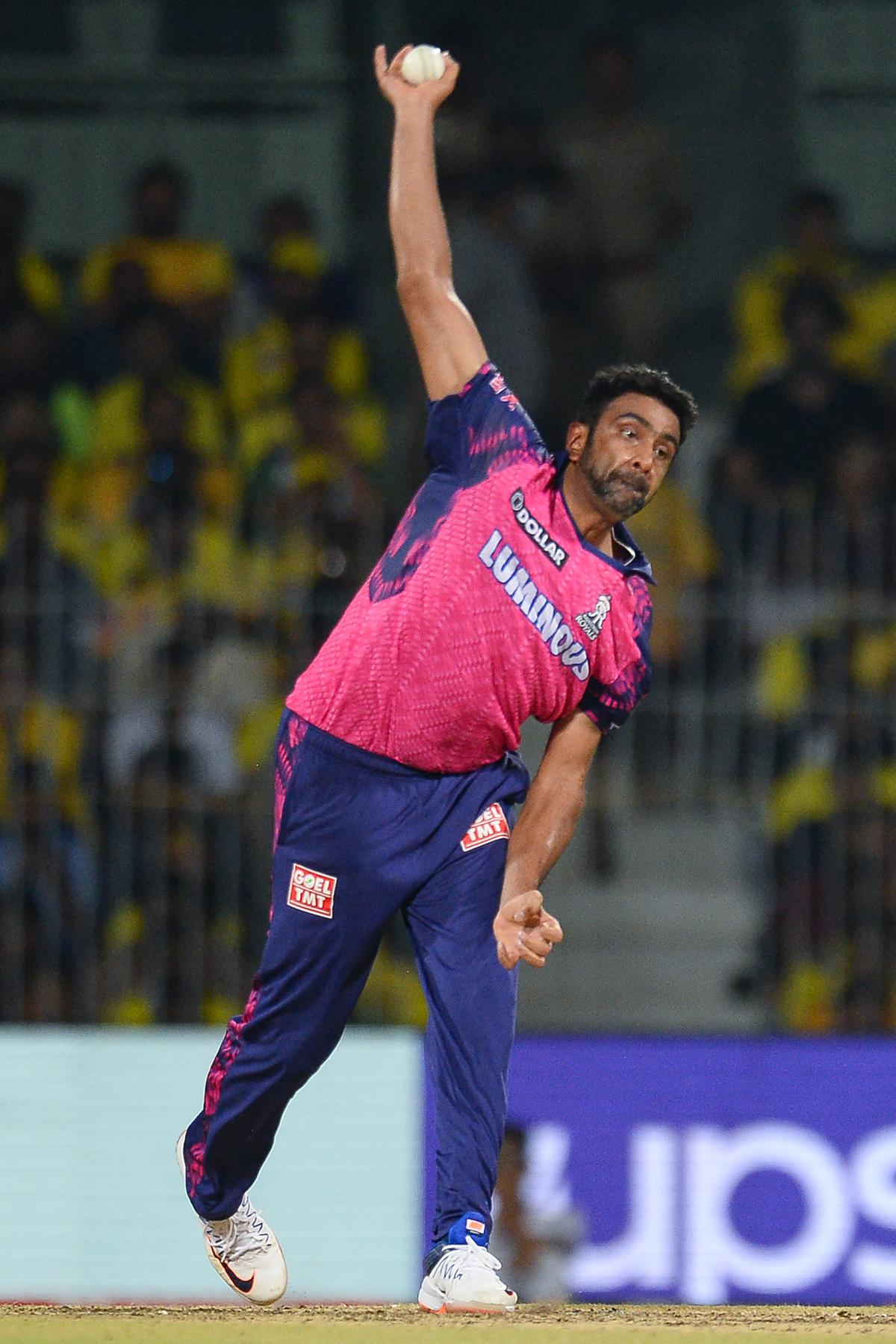
Endangered species: With the dice loaded so heavily against bowlers in Twenty20 cricket, R. Ashwin put out a social media post about the need to save his tribe. | Photo credit: Getty Images
During childhood, there was that saving grace of a one-pitch catch and instant dismissal if the ball landed in the neighbour’s terrace, but no such fine print exists at the highest level. And you cannot blame R. Ashwin when he put out a social media post about the need to save bowlers. With the Indian Premier League’s (IPL) 17th edition merrily chugging along, the heat on the hapless bowlers is truly on.
W.G. Grace, one of cricket’s greats with a mythical allure, once famously said: “They came to see me bat.” He then refused to depart on being dismissed. Perhaps his spirit has been allowed to waft into the air blowing across cricketing turfs. India has proved it is no exception and the latest IPL has again witnessed a batting carnage as maximums, to borrow a commentator’s cliche, or sixes, to be more direct, have rained across venues spread on the coast, across the Gangetic Plains and on either side of the Vindhyas.
Last Sunday, Will Jacks smashed a 41-ball ton for Royal Challengers Bengaluru (RCB) against Gujarat Titans at Ahmedabad’s Narendra Modi Stadium. It does sound like a knock marinated with Muhammad Ali’s muscle and a cheetah’s speed. But please go easy on the superlatives, it is actually the fifth fastest IPL hundred. ‘Universe Boss’ Chris Gayle, who carved one off a mere 30 deliveries back in 2013, leads the charts. For those interested in trivia, Gayle was turning out for RCB too.
However, what defined Jacks and his foray at the crease was the manner in which he progressed from 50 to 100. Like a wry RCB post on X mentioned, at 6.41 p.m., Jacks was on 50, and at 6.47 p.m., the England star had galloped to his three-figure mark. Spinner Rashid Khan, seamer Mohit Sharma and the rest were put to the sword. Earlier this IPL season, Sunrisers Hyderabad’s Travis Head struck a 39-ball century against RCB!
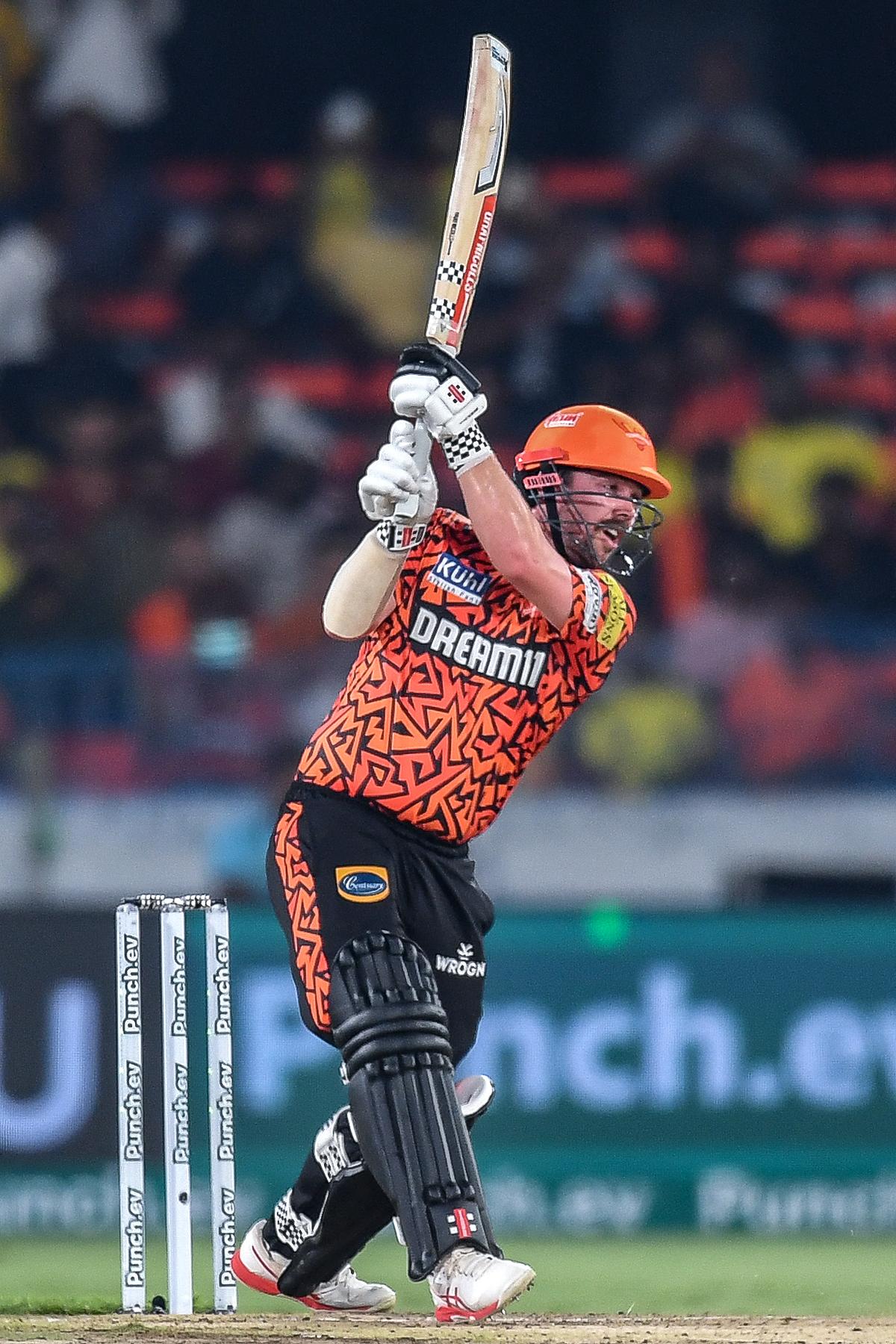
Through the roof: The strike-rates this IPL season are so high that they could give any Mumbai skyscraper an inferiority complex. Travis Head, for instance, clocks 193.62. | Photo credit: Getty Images
Rocketing strike-rates
Batting strike-rates have gone through the roof. Veteran M.S. Dhoni’s 229.16 may be a reflection of the great traction he gains while facing just a few deliveries at the death, but even among top-order batters, the strike-rates are so high that they could give any Mumbai skyscraper an inferiority complex. Head, for instance, clocks 193.62.
It is not as if the IPL has suddenly put cricket on the fast and furious lane. This has been a work in progress ever since Kerry Packer unveiled pyjama cricket under lights in Australia in the late 1970s. Cricket was no longer just about its classical avatar of Tests, as limited-overs cricket, offering floodlit instant gratification, blended entertainment into sport.
As marketing departments gazed at the appeal of cricket and the way its newest variants pulled a fresh set of fans into the grounds, corporates jumped in. This was heady, as product launches were in sync with the sporting calendar, money flowed, and cricketers became instant celebrities. Bring on the over-sized sunshades, low-slung caps, ears glued to music and that wave of the hand.
Branding was a part of the game and cricket played along. Tests continue and till date remain the game’s finest exposition, but ODIs and T20s bring in the commerce. Be it the dollar, rupee or taka, cricket’s abridged versions haul in the moolah, and interestingly this is linked with the manner in which batters wield their blades.
The laws were tweaked, field restrictions were enforced, bowlers could only peddle a given set of overs, and it meant batters found a sense of liberation. “Runs, as long as they come, are welcome, it doesn’t matter how they come,” became a subtext in commentary boxes. Edges flew thick and fast through vacant slips, skiers skimmed the turf in no-man’s land, and batters knew that their weaknesses could be camouflaged.
The shorter the game, the more difficult it is to target a batter’s weak traits. In Tests, place a forward short-leg, have an expansive slip-cordon and give the spearhead an extended run. In ODIs and T20s, no such luxury exists for the fielding captain. The latest IPL, with its impact-player substitution, has further emboldened batting units. There is always one extra player to fall back upon.
Batters hit through the line, there is a certain golfing skill at play too as they tee off, and then add the feather-bed pitches. Global warming, meanwhile, has been frying the earth, and in India even the summer showers have proved elusive. Nature has presented a hot and sultry cauldron, and as pitches bake, underlying moisture escapes and the grass wilts, batters find more allies in the playing surface.
Loaded dice
In Bengaluru, IPL matches tended to get moisturised by impromptu rains. The game’s tenor changes, one-sided scripts alter, and everyone is in with a chance. This year, though, has been a dry affair in the Deccan Plateau. The only natural quirk that most grounds deal with is the dew at night but even that affects the way a spinner grips the ball. Again the dice gets loaded in favour of the batter.
The IPL has always been a bowler’s nightmare. More than a decade ago, even a great like Dale Steyn had to deal with the mayhem inflicted by AB de Villiers. It is not as if aggressive batters suddenly emerged from the woodwork. There was always the great Viv Richards or closer home Kapil Dev. Later, there was Sachin Tendulkar, Virender Sehwag and many more. It is a legacy that finds wings through Virat Kohli and Rohit Sharma even if there are whispers about the former’s strike-rate.
But as the IPL and other T20 leagues spin their own frenetic yarns, how many knocks do we remember? Is there anything as eternal as V.V.S. Laxman’s 281 against the Aussies at Eden Gardens in 2001? The current trend is about a series of exclamation marks on successive nights, but the morning after, fortified with black coffee, seems to dissipate memories.
At times this feels like book-cricket, which we all played during boring lectures at school and college. Flip open a book, see the last digit and calculate the score, and if it is a zero, moan a bit and mark a batter’s exit. Looks like fans have signed a Faustian pact with rapid pleasure while forgetting about enduring joy.
Once upon a time there was a case for aesthetic-annihilation too, pardon the alliteration and the obvious oxymoron. Readers would remember Kapil hoisting four consecutive sixes off Eddie Hemmings, Sachin lashing out against Henry Olonga or Mohammad Azharuddin wading into Lance Klusener, but even those flashes of brilliance are fading.
Sport is not just about reflexive highs, it is also about nostalgia’s depth. The IPL and its batting marauders have set a scorching pace but a few weeks down the line, will all this linger?



